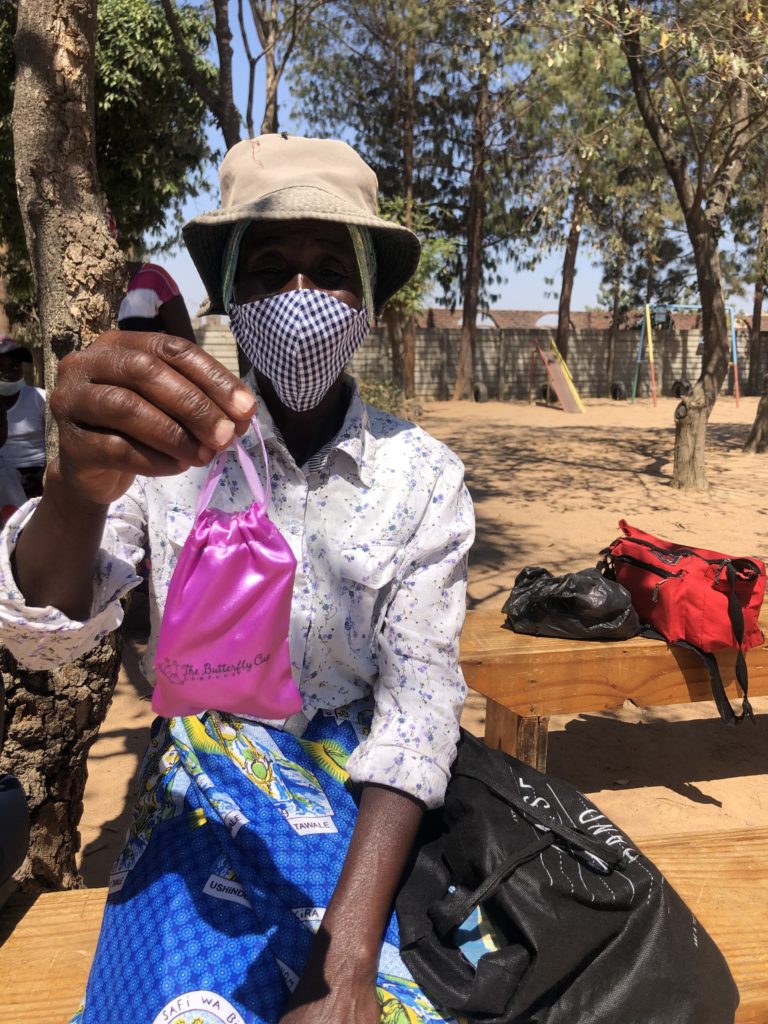
- Health & Wellbeing ·
Child marriages is an issue affecting a quarter of our world’s population, even though there have been some improvements over the years, progress is slow, especially in our African countries. This is an issue we are working hard to tackle as it affects so many aspects of a person life and contributes to overall equality as this issue is disproportionately affecting girls more so than boys.
Due to the lack of education and the wide spread of poverty families are unaware or have no other choice than to arrange child marriages. Due to the rooted patriarchy, girls are those who are affected the most. Around 30% of girls in sub-saharan Africa are married before the age of 18, which causes girls to leave school early; are at higher risk of health problems; contributes to population growth, and lower standards of living.
In Africa, around 30% of girls marry before the age of 18. This contributes to high fertility rates, increased health risks, reduced educational levels and cost the countries billions of dollars in lost earnings. By providing girls with mental and educational support, as well as sustainable solutions for partners to independently earn a living we contribute to gender equality as well as quality education which will give people the opportunity to make educated decisions.
By responsive and proactive measures against child marriage, girls will be empowered by maintaining good health, get access to education and reduce fertility rates. The World Bank states that child marriages cost the African countries tens of billions of dollars in lost earnings which demonstrates the potential of economic growth and the opportunity of breaking the cycle of poverty as girls with secondary education are more likely to earn twice as much as those without secondary level.
The greatest reason behind child brides are the high level of poverty, giving parents no other choice but to marry of their daughter to receive lobola (bride price) and reduce their household costs. This projects aims at educating parents and girls about the risk of child marriage; provide education and group therapy to girls who have been or at risk of being victims of child marriage; and offer income generation schemes to parents to prevent child marriages in the future.
In Africa, around 30% of girls marry before the age of 18. This contributes to high fertility rates, increased health risks, reduced educational levels and cost the countries billions of dollars in lost earnings. By providing girls with mental and educational support, as well as sustainable solutions for partners to independently earn a living we contribute to gender equality as well as quality education which will give people the opportunity to make educated decisions.
Due to the lack of education and the wide spread of poverty families are unaware or have no other choice than to arrange child marriages. Due to the rooted patriarchy, girls are those who are affected the most. Around 30% of girls in sub-saharan Africa are married before the age of 18, which causes girls to leave school early; are at higher risk of health problems; contributes to population growth, and lower standards of living.
The greatest reason behind child brides are the high level of poverty, giving parents no other choice but to marry of their daughter to receive lobola (bride price) and reduce their household costs. This projects aims at educating parents and girls about the risk of child marriage; provide education and group therapy to girls who have been or at risk of being victims of child marriage; and offer income generation schemes to parents to prevent child marriages in the future.
By responsive and proactive measures against child marriage, girls will be empowered by maintaining good health, get access to education and reduce fertility rates. The World Bank states that child marriages cost the African countries tens of billions of dollars in lost earnings which demonstrates the potential of economic growth and the opportunity of breaking the cycle of poverty as girls with secondary education are more likely to earn twice as much as those without secondary level.
All donations and gift aid (if applicable) will go to the project you have chosen. We thank you for your support



GVI Trust © 2019 All rights reserved | Registered UK Charity 1111494